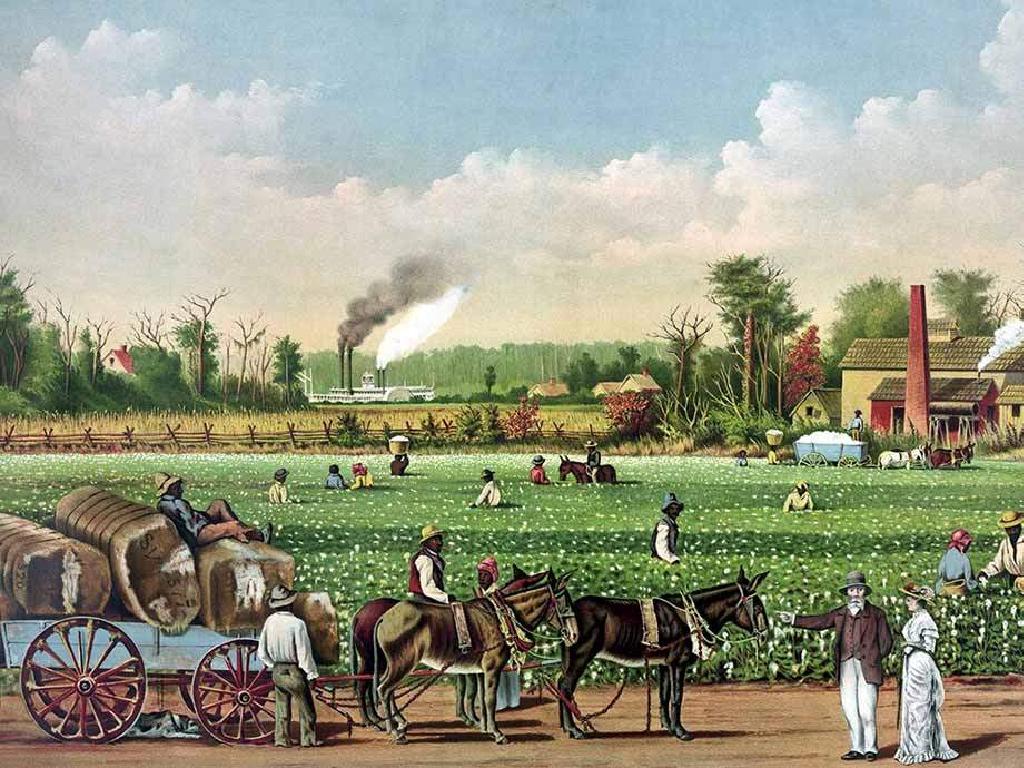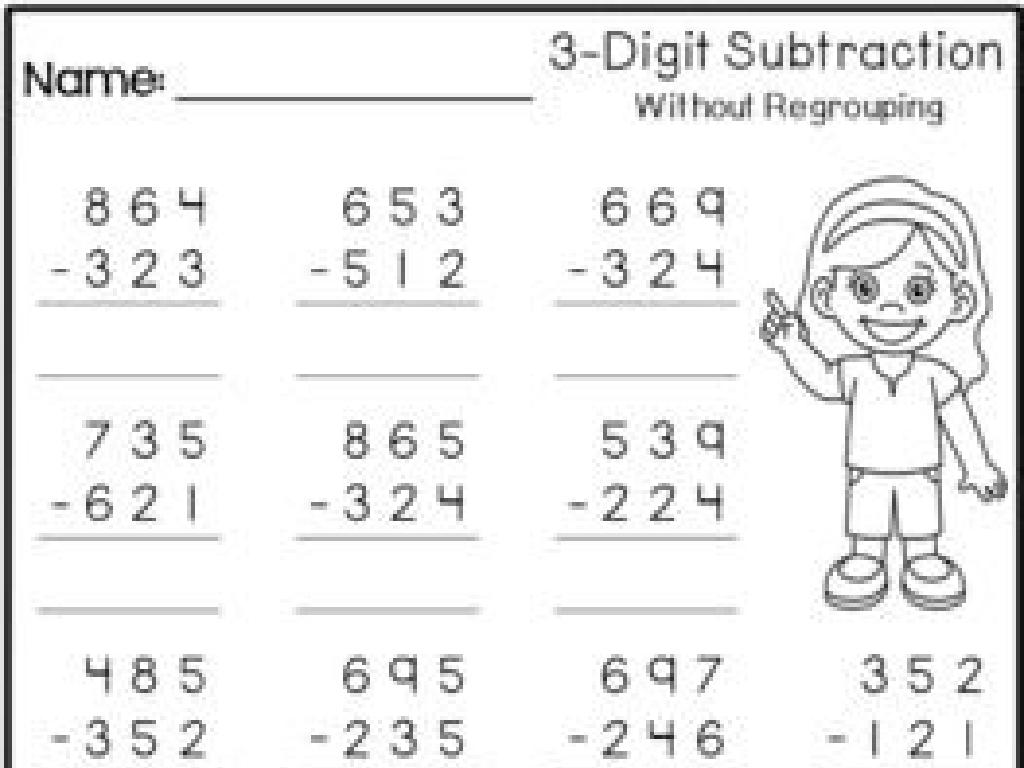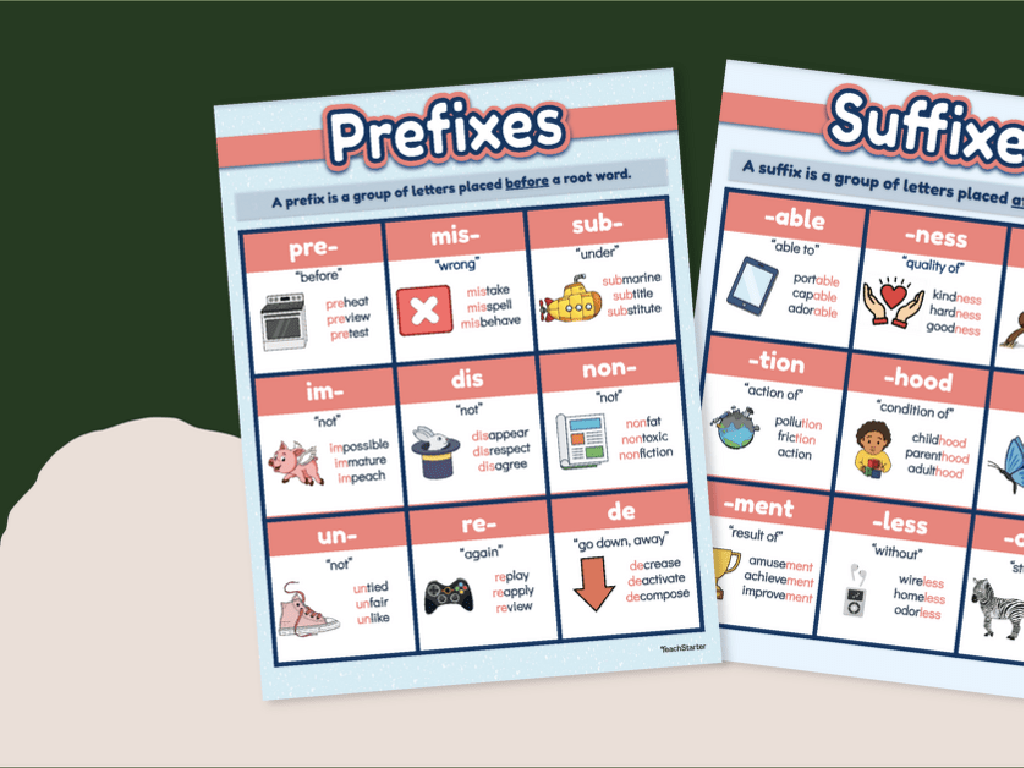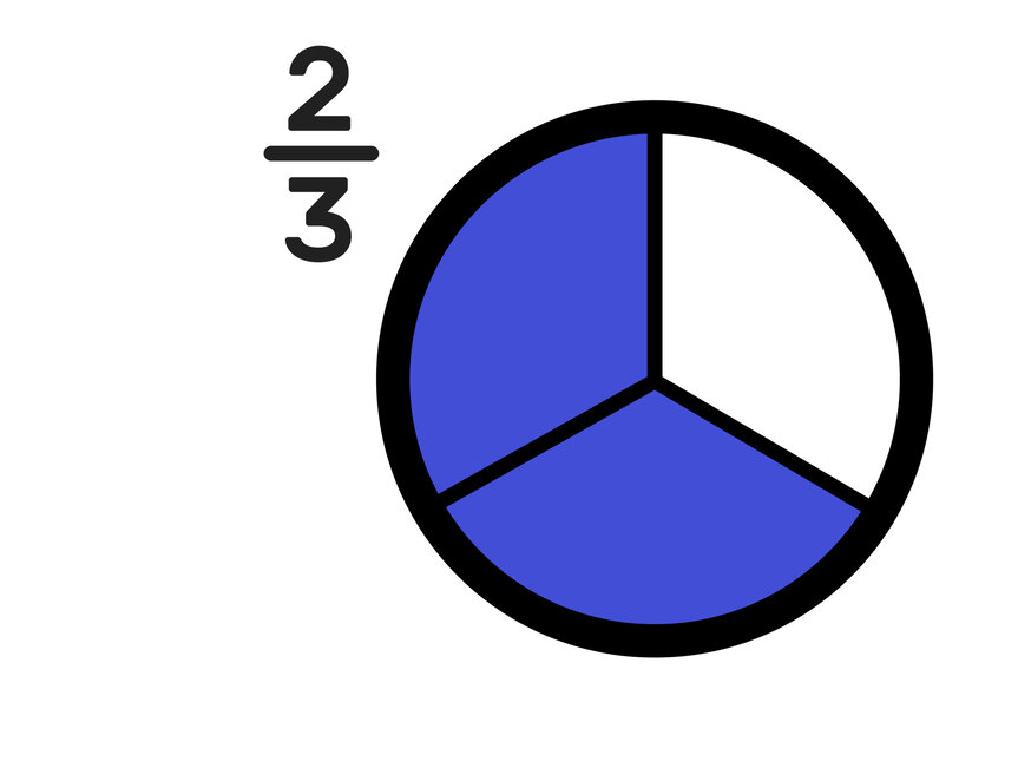Color Patterns
Subject: Math
Grade: Kindergarten
Topic: Patterns
Please LOG IN to download the presentation. Access is available to registered users only.
View More Content
Welcome to Patterns!
– Greet our little explorers
– Today’s adventure: learning patterns
– What is a pattern?
– A pattern is a design that repeats.
– Patterns are everywhere!
– Like stripes on a shirt or colors in a row.
|
Begin the class with a warm and enthusiastic greeting to engage the children. Introduce the concept of patterns in a fun and adventurous way to capture their interest. Ask the children if they know what a pattern is to encourage participation and to assess their prior knowledge. Explain that a pattern is something that repeats in a predictable way, and use simple, relatable examples like clothing or toys to illustrate the concept. Encourage the children to look around the classroom and identify patterns they see. This will help them understand that patterns are a part of their everyday environment.
Exploring Color Patterns
– What is a pattern?
– A pattern repeats in a logical sequence.
– Patterns all around us
– In leaves, stripes on clothes, rhythms in songs.
– Recognizing patterns
– Find and describe patterns we see.
– Creating our own patterns
|
This slide introduces the concept of patterns to Kindergarten students, emphasizing their presence in everyday life. Begin by explaining that a pattern is a sequence that repeats in a predictable way. Use tangible examples like the pattern of colors in a rainbow or the arrangement of tiles on the floor. Encourage the children to observe their surroundings and recognize patterns, whether in nature, their clothing, or in music they hear. Finally, inspire them to create their own patterns using colored blocks or drawings, fostering their understanding through hands-on activities. This will help them grasp the concept of patterns in a fun and interactive manner.
Learning About Color Patterns
– What are color patterns?
– A sequence where colors repeat in a specific order.
– Creating patterns with colors
– Use primary colors like red, blue, and yellow to form a sequence.
– Recognizing patterns
– Can you see the order? Red, blue, red, blue…
– Practice spotting patterns
|
This slide introduces kindergarteners to the concept of color patterns. Begin by explaining that a pattern is something that repeats in a predictable way. Use simple examples with primary colors to illustrate the concept. For instance, show them a red-blue pattern and ask them to predict what comes next. Encourage the children to create their own patterns using colors and to share them with the class. This activity will help them recognize and establish sequences, which is a foundational math skill. Make sure to praise their efforts and correct gently, ensuring a positive learning experience.
Creating Our Own Color Patterns
– It’s your turn to make a pattern
– Use colored blocks for your pattern
– Choose blocks with different colors
– Patterns repeat, watch the order
– Example: red, blue, red, blue is a pattern
– Show your pattern to the class
|
This slide is for a class activity where students will engage in creating their own color patterns using colored blocks. Encourage the children to think about the sequence and how it repeats. Remind them that a pattern is something that comes over and over again in the same order. Provide guidance on how to start with simple patterns and then, if they are comfortable, to try more complex sequences. Have enough colored blocks available for all students. Possible activities include creating patterns based on color, size, or shape. After creating their patterns, each student will have the opportunity to present and explain their pattern to the class, fostering a sense of accomplishment and public speaking skills.
Exploring Color Patterns
– What is a color pattern?
– Example: Red, yellow, repeat
– Like the pattern of a traffic light
– Example: Blue, blue, green, repeat
– Think of the ocean and the beach
– Creating your own patterns
|
This slide introduces the concept of color patterns to Kindergarten students. Begin by explaining that a pattern is something that repeats in a certain order. Use simple examples like red followed by yellow, then red and yellow again, to illustrate a basic pattern. Compare the second pattern to familiar things in the children’s environment, such as the colors of the ocean (blue) and the sand (green) repeating. Encourage the students to observe patterns in their surroundings and create their own patterns using colors. This activity will help them recognize and establish sequences, an important skill in early math development.
Practice Time: Creating Color Patterns
– Let’s make patterns together
– I’ll show you a pattern
– You guess the next color
– Example: green, green, yellow…
– If we continue, what color comes after yellow?
|
This slide is an interactive activity designed to help Kindergarten students practice and recognize color patterns. Start by explaining what a pattern is and how it repeats. Show them a simple color pattern using visual aids, like colored cards or objects, and then ask the students to predict the next color in the sequence. For the given example, guide them to understand that the pattern is likely to continue with another green, following the established sequence. Encourage participation from all students and praise their efforts. Prepare several examples with different patterns and complexities to cater to varying levels of understanding within the class. This activity will enhance their observational skills and ability to predict based on a given pattern.
Class Activity: Pattern Parade
– Let’s start our Pattern Parade!
– Create patterns with colored cards
– Use red, blue, yellow cards to make a sequence
– Line up to showcase your patterns
– Observe and discuss classmates’ patterns
– What patterns do you see? Are they the same or different?
|
This activity is designed to help Kindergarten students recognize and create color patterns, a fundamental math skill. Provide each student with an assortment of colored cards (red, blue, yellow, etc.) and instruct them to arrange the cards in a repeating pattern. Once they’ve created their patterns, have them line up and march in a ‘Pattern Parade’ to show their designs to the class. Encourage the students to observe the patterns made by their classmates and discuss the similarities and differences. This will not only reinforce the concept of patterns but also develop their ability to describe and analyze sequences. Possible variations for different students could include creating patterns with different shapes, using stickers, or even making patterns with body movements.
Celebrating Pattern Discovery!
– Amazing work, little learners!
– Recognizing and making color patterns
– You can spot and create patterns with colors like red, blue, yellow
– Patterns are all around us
– Find patterns in nature, toys, or clothes
– Keep exploring patterns at home
|
This slide is meant to wrap up the lesson on color patterns and celebrate the children’s achievements. It’s important to reinforce the concept that patterns are not just a part of today’s lesson but are present in many aspects of the world around them. Encourage the children to continue observing and creating patterns with everyday items, which will help solidify their understanding. Praise their efforts and encourage them to share any patterns they find at home or outside with the class in future discussions.






